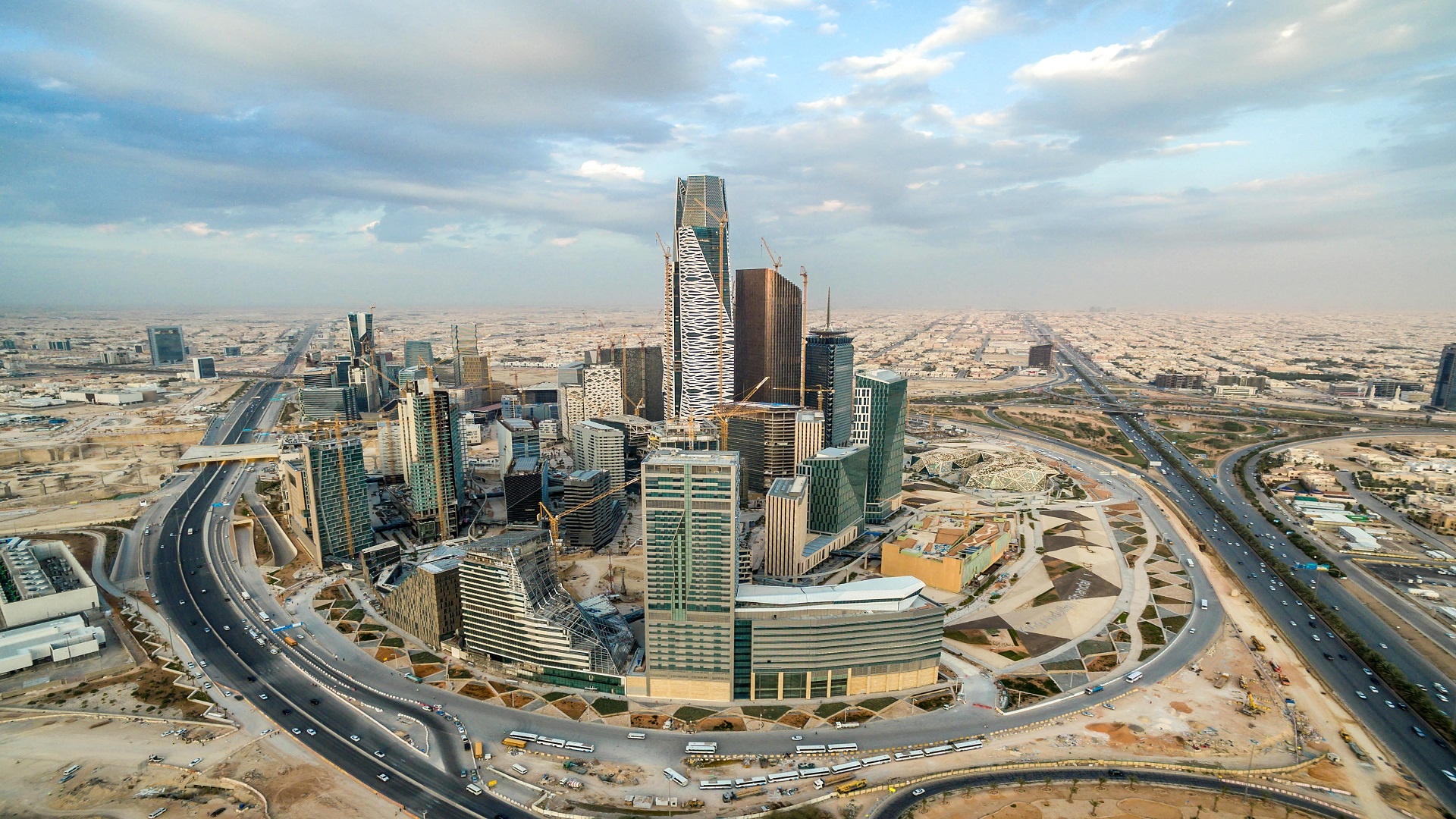“We are friendly, and welcome more tourists to visit us so they can know more about Saudi Arabia,” said Ahmad Al-Khateeb, chairman of the Saudi Commission for Tourism and National Heritage. The new visa will make it easier for travellers from 49 countries to visit. This is a historic move for the conservative country to open its borders to tourists, and the government is hoping that this will enable them to cut their economic dependence on oil to stimulate the country’s development.
In fact, it is not the first time that Saudi Arabic has encouraged tourists to visit who are not religious. Before the 9/11 terrorist attacks, it hired instructors from Chamonix to teach people how to rock-climb and paraglide in the mountains. More recently, during the last twelve months we have also witnessed huge changes in Saudi, including the lift of the decades-long ban on women driving, and the reintroduction of movie theatres. After the new Prince Mohammed rose to power, he took numerous actions to modernise the country. People also recognised him as the reformer to change Saudi Arabia. Nevertheless, the death of Khashoggi, a journalist in Saudi and a columnist for the Washington Post who went against the Saudi government, raised the global concern about the human rights issues in the USA. On the other hand, although women’s rights in Saudi Arabia have improved, there are some activists who have been jailed during the last few months, which has left people dubious about the safety of visitors there during their travels.
Despite these concerns, the new tourist visa is surely a clear signal that Saudi Arabia wants to open itself up to the world instead of being an isolated country, which is an incredibly progressive action when compared to many countries nowadays where populism is becoming increasingly commonplace.
Female visitors will not be asked to cover their entire bodies with the abaya robe in public, but must still dress modestly. Unaccompanied women are also welcomed to visit the country. Although they still ban the consumption of alcohol for cultural reasons, there is no doubt that a large amount of people will pour into Saudi, as a result of the attractive heritage and archaeological sites. “If you go to many cities in the world, they all look the same. Same buildings, same malls, same brands inside the malls,” said Ahmed. People would like to explore Saudi now, since we knew almost nothing about it before. Reflecting on China’s policy to increase foreign investment in 1978, a turning point which resulted in the rapid development of the economy, the hope is that opening the border may bring a similar result to Saudi.
The government wants to increase the economic contribution of tourism from a current 3% to an ambitious 10% of GDP by 2030. Besides this, they hope to increase international and domestic visits to 100 million annually by the same time. With the tourist visa costing $117 plus VAT, this will definitely boost the growth of the economy. Also, it will provide more employment opportunities in the hospitality and tourism sectors, which will help local people looking to improve their quality of life. With the Red Sea coastline and an entertainment city currently being constructed, this new policy will bring more possibilities for cooperation with other countries in a diverse way during the post-oil era, and improve the relations between Saudi Arabia and their neighbours. Anita Mendiratta, an adviser to the UN World Tourism Organisation, said welcoming more overseas visitors will change people’s first impression of Saudi Arabia.
I personally think the new visa policy will bring more economic opportunities and a bright future for the country. Hopefully it will also have a positive impact regarding people’s first impressions of Saudi Arabia…
Image Credit: Bloomberg.com

